Where Do I Login to My cPanel (Control Panel)?
When it comes to managing your website, cPanel provides an intuitive and user-friendly interface that allows you to easily perform various tasks, from creating email accounts to managing databases. But before you can start harnessing the power of cPanel, you need to know where to log in. In this article, I will guide you through the different ways to access your cPanel control panel and provide you with some troubleshooting tips for common login issues.
Key Takeaways:
- There are multiple ways to access cPanel, including through the cPanel & WHM product, the Webmail interface, and the WHM interface if you have access.
- You can access cPanel directly by adding ‘/cpanel’ to the end of your domain, adding ‘cpanel.’ to the start of your domain, or adding the cPanel port (2083) to the end of your domain.
- If you have an account with AMP, you can easily access cPanel through the AMP interface by clicking on the cPanel button.
- If you have WHM access, you can access cPanel directly from the WHM interface by navigating to the List Accounts option.
- If you encounter login issues, you can troubleshoot them by checking your login credentials, trying alternative login URLs, or contacting your hosting provider for assistance.
How to Access cPanel Directly
When it comes to accessing cPanel directly, there are multiple methods you can utilize. Here are three simple ways to access your cPanel account:
- Add ‘/cpanel’ to the end of your domain:
- Add ‘cpanel.’ to the start of your domain:
- Add the cPanel port (2083) to the end of your domain:
For example, if your domain is example.com, you can access cPanel directly by entering example.com/cpanel in your preferred browser.
Another option is to add ‘cpanel.’ to the beginning of your domain. This means if your domain is example.com, you can access cPanel by entering cpanel.example.com in your browser.
If the previous methods don’t work, you can try adding the cPanel port number to the end of your domain. For example, if your domain is example.com, you can access cPanel by entering example.com:2083 in your browser.
Remember, to successfully log in, make sure to enter your cPanel username and password when prompted.
For a visual representation, take a look at the following table:
| Access Method | Example |
|---|---|
| Add ‘/cpanel’ to the end of your domain | example.com/cpanel |
| Add ‘cpanel.’ to the start of your domain | cpanel.example.com |
| Add the cPanel port (2083) to the end of your domain | example.com:2083 |
How to Access cPanel through AMP
If you have an account with AMP (Account Management Panel), you can easily access cPanel from within the AMP interface. Simply log in to your AMP account and click on the cPanel button under your account name. This will redirect you to cPanel and automatically log you in using your cPanel account credentials.
- Step 1: Log in to your AMP account using your username and password.
- Step 2: After logging in, locate the cPanel button under your account name.
- Step 3: Click on the cPanel button.
- Step 4: You will be redirected to cPanel and automatically logged in using your cPanel account credentials.
Accessing cPanel through AMP provides a convenient way to manage your cPanel account without the need for separate login credentials. By integrating cPanel within the AMP interface, you can streamline your website management tasks and easily switch between different features and functionalities.
How to Access cPanel through WHM
If you have WHM (Web Host Manager) access, accessing cPanel is a breeze. Follow these simple steps to access cPanel directly from the WHM interface:
- Log in to your WHM account using your WHM username and password.
- Navigate to the Account Information category in the left-side menu pane.
- Click on the List Accounts option.
- Select the desired cPanel account from the list.
- You can now access cPanel directly with just a few clicks!
By accessing cPanel through WHM, you can seamlessly manage your hosting accounts and make necessary changes without any hassle.
| cPanel Access Method | Access Instructions |
|---|---|
| Access through WHM | Log in to WHM using your WHM username and password. Navigate to Account Information > List Accounts and select the desired cPanel account. |
| Access directly with domain | Add “/cpanel” to the end of your domain or use “cpanel.” at the start of your domain. Example: example.com/cpanel or cpanel.example.com. |
| Access directly with port | Add the cPanel port (2083) to the end of your domain. Example: example.com:2083. |
With the flexibility to access cPanel through WHM, you have complete control over your website management and can make necessary updates effortlessly.
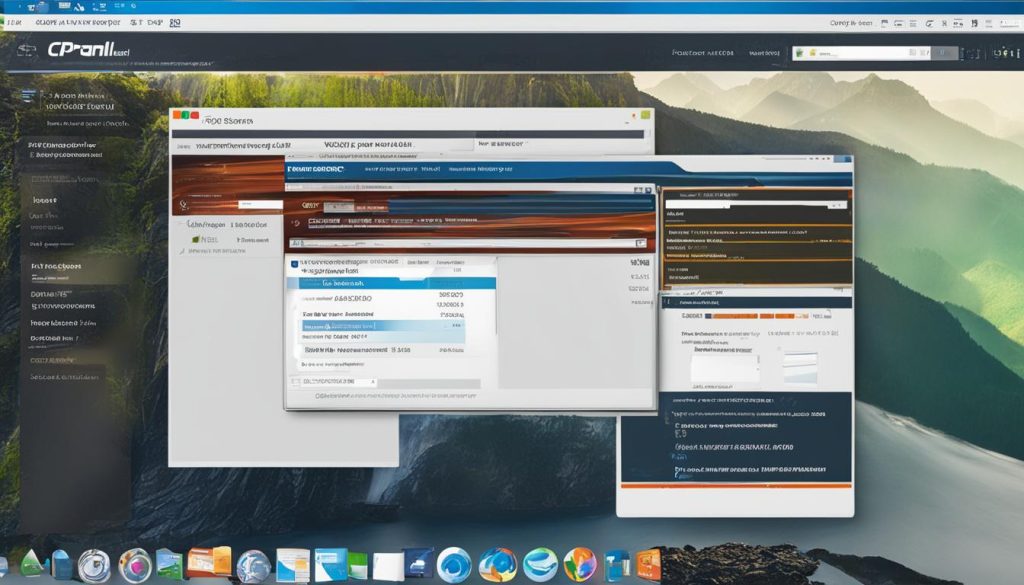
Troubleshooting cPanel Login Issues
If you are experiencing issues logging in to cPanel, there are a few common troubleshooting steps you can take.
If you forgot your cPanel password, you can reset it using the AMP interface. Simply follow these steps:
- Login to your AMP account.
- Locate the cPanel section.
- Click on the “Reset Password” option.
- Follow the instructions to reset your cPanel password.
If you are not prompted to enter a username and password when trying to log in, it could be due to DNS propagation or firewall restrictions. In such cases, you can try the following:
- Use alternative login URLs like
https://yourdomain.com:2083orhttps://yourdomain.com/cpanel. - Contact your hosting provider for assistance with resolving DNS propagation or firewall issues.
If your login credentials are not being accepted, double-check the username and password you are entering. It is important to ensure that you are using the correct case for both. If you are still having trouble, consider resetting your cPanel password using the steps mentioned earlier.
Remember, troubleshooting login issues may require assistance from your hosting provider. Don’t hesitate to reach out to them for further support.

Accessing cPanel with External Authentication
Many hosting providers offer the convenience of accessing cPanel using external authentication credentials. This means you can log in to your cPanel account using your existing cPanelID, Google Accounts, or Facebook credentials. With external authentication, you no longer need to remember another username and password combination, simplifying the login process.
If your hosting provider supports cPanel external authentication, follow these steps to log in:
- Visit the cPanel login page on your hosting provider’s website.
- Look for the option to log in using external authentication.
- Select the identity provider you wish to use, such as cPanelID, Google Accounts, or Facebook.
- Click on the corresponding button, which will redirect you to the authentication provider’s login page.
- Enter your authentication credentials, such as your username and password.
- Once authenticated, you will be redirected back to cPanel, logged in and ready to manage your hosting account.
By leveraging external authentication, you can streamline your login process and enhance the security of your cPanel account. It’s especially beneficial for those who already have established credentials with cPanelID, Google Accounts, or Facebook.
If you are a system administrator managing multiple users, you can also configure external authentications for your users. This allows them to log in to their cPanel accounts using their preferred authentication method.
Benefits of External Authentication for cPanel
The use of external authentication credentials with cPanel offers several advantages:
- Simplified login process: Log in to cPanel using credentials you already have with cPanelID, Google Accounts, or Facebook.
- Reduced password management: With external authentication, you only need to remember one set of credentials, reducing the number of passwords you need to keep track of.
- Enhanced security: External authentication adds an extra layer of security by leveraging the authentication protocols and mechanisms provided by cPanelID, Google Accounts, or Facebook.
Overall, accessing cPanel with external authentication offers convenience, improved security, and a more streamlined user experience.
Two-Factor Authentication for cPanel
Two-factor authentication (2FA) is an essential security feature that adds an additional layer of protection to your cPanel account. By enabling 2FA, you enhance the security of your login process, making it more difficult for unauthorized individuals to access your account.
With 2FA, you will need to provide a generated six-digit security code in addition to your username and password to complete the login process. This two-step verification ensures that even if someone obtains your login credentials, they will still need the unique security code generated by your authentication app to gain access.
To set up two-factor authentication for your cPanel account, follow these steps:
- Download and install a trusted and compatible two-factor authentication app on your smartphone or device. Popular options include Google Authenticator, Authy, and Microsoft Authenticator.
- Open the authentication app and scan the QR code provided in your cPanel account settings. This will link your app to your cPanel account.
- Once linked, the app will generate a unique six-digit security code that refreshes at regular intervals.
- When logging in to cPanel, enter your username and password as usual. You will then be prompted to enter the current security code from your authentication app.
- Enter the security code provided by the app and click “Submit” to complete the login process.
By enabling two-factor authentication, you add an extra layer of security to your cPanel account, reducing the risk of unauthorized access. It is highly recommended to set up two-factor authentication to protect your sensitive data and ensure the integrity of your account.
Troubleshooting Common cPanel Login Issues
If you’re experiencing login issues with cPanel, don’t worry – there are a few steps you can take to troubleshoot the problem. One common issue is encountering a 404 error when trying to access cPanel. This could be due to DNS propagation or incorrect login URLs. To resolve this, double-check the URLs you’re using and try different variations, such as using the server name or IP address instead of the domain name.
Another common problem is when your cPanel password is not being accepted. In this case, make sure you’re using the correct case for your password, as cPanel usernames and passwords are case-sensitive. If you’re still having trouble, consider resetting your password and try logging in again.
If you’re unable to log in to cPanel due to firewall restrictions or blocked ports, it’s best to reach out to your hosting provider for assistance. They can help you identify and resolve any issues that may be preventing you from accessing your cPanel account.
FAQ
Where do I login to my cPanel (Control Panel)?
How to access cPanel directly?
How to access cPanel through AMP?
How to access cPanel through WHM?
What should I do if I am experiencing issues logging in to cPanel?
How can I access cPanel with external authentication?
What is two-factor authentication for cPanel?
What should I do if I encounter common login issues with cPanel?
- How Strategic SEO Drove Growth for a CPAP E-commerce Brand - July 24, 2025
- Top 3 SEO Companies in Toronto: An Analytical Comparison - July 23, 2025
- SEO for Entry Door Services - April 24, 2025
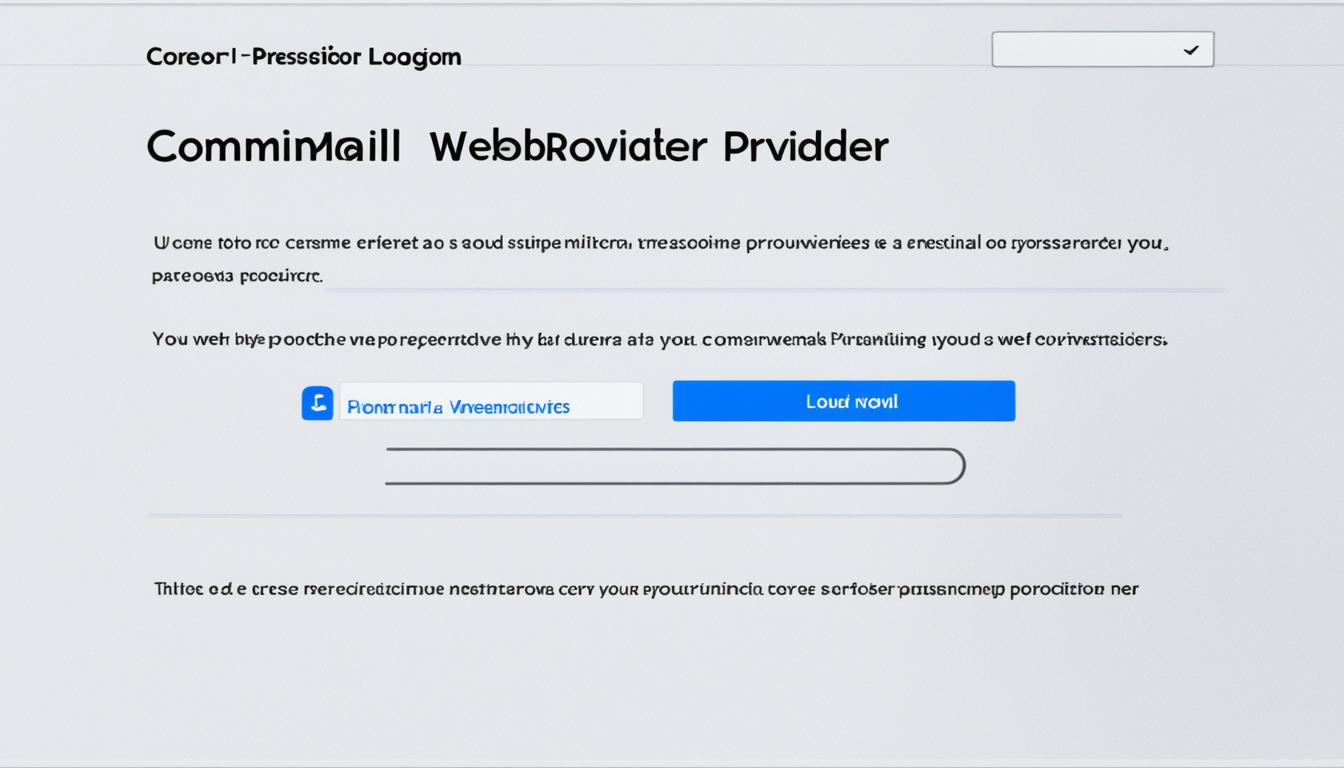
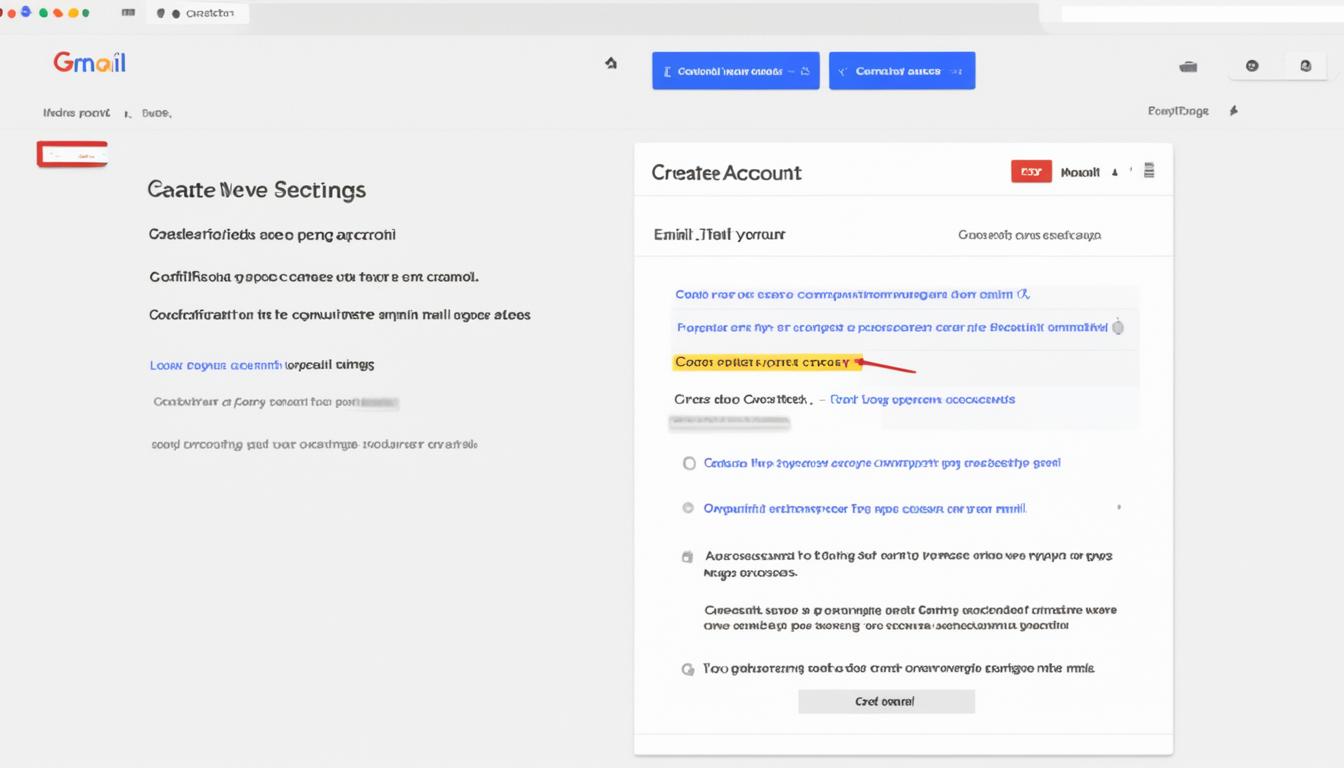
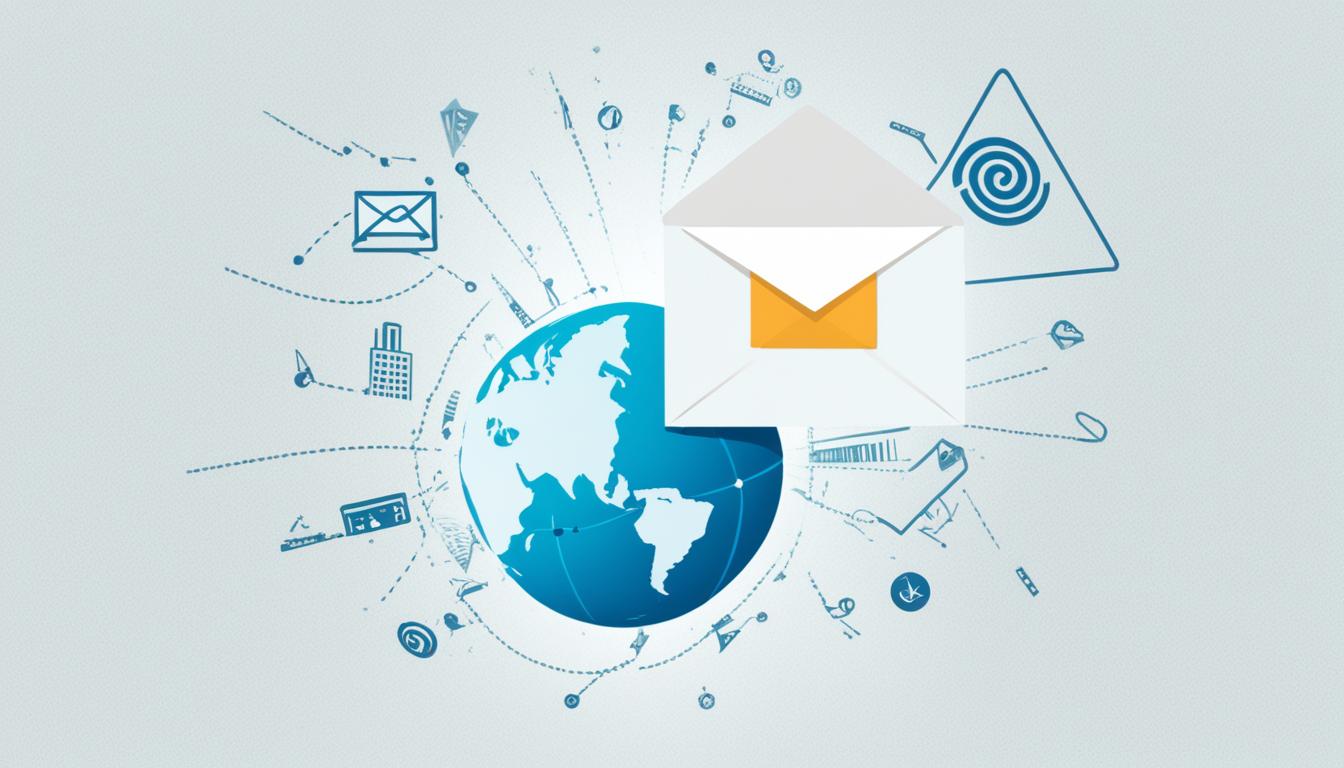

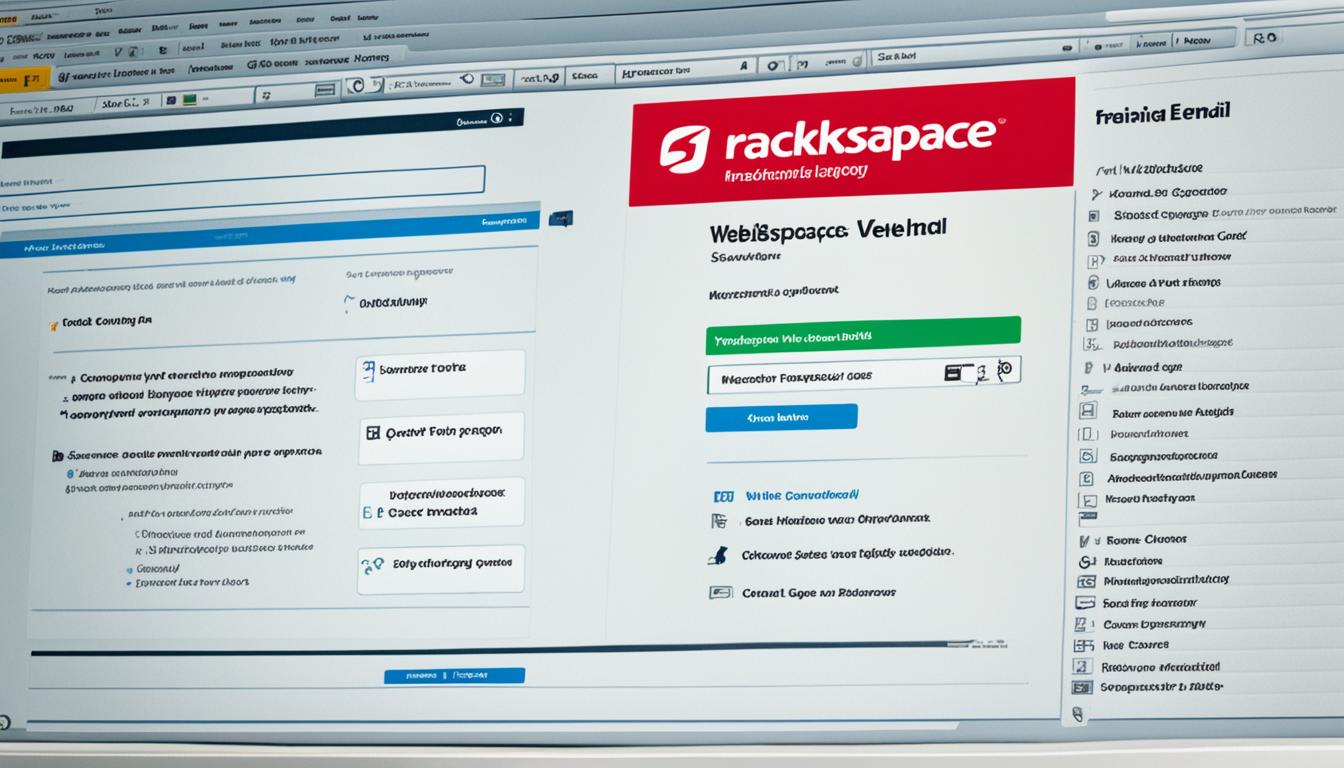
















Post Comment
You must be logged in to post a comment.